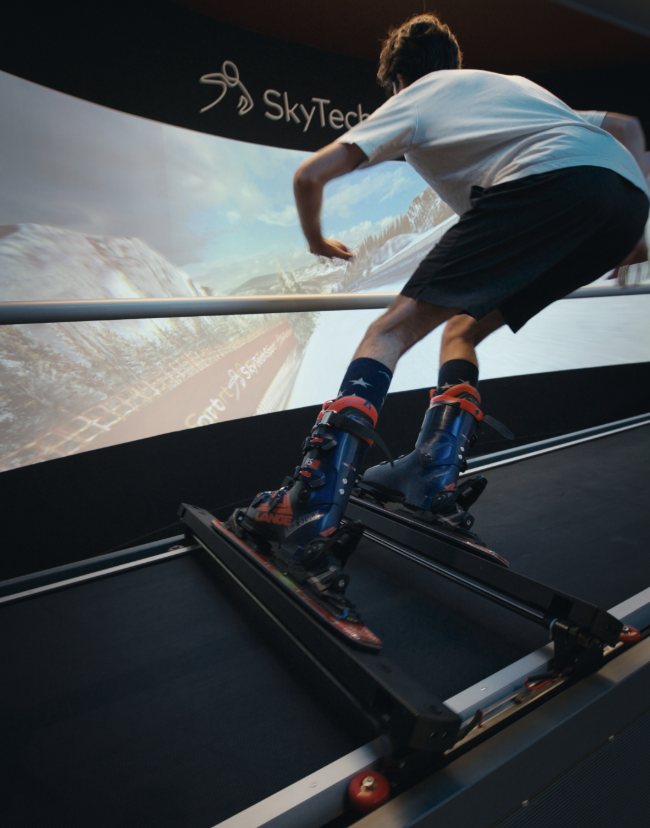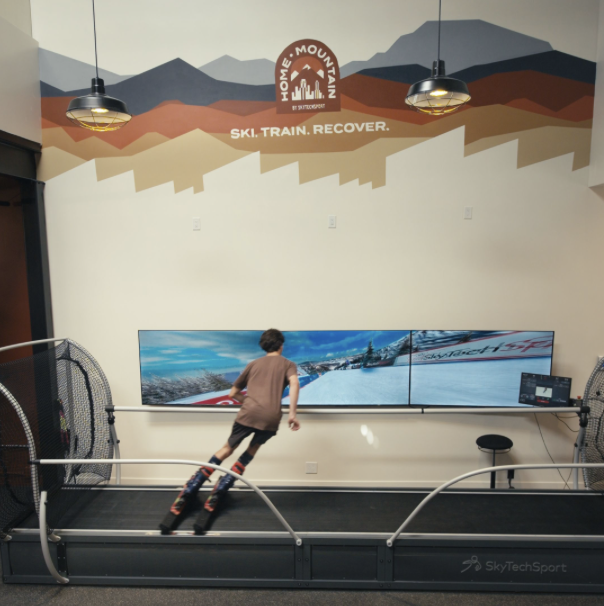
Looking for a workout that burns calories, strengthens muscles, and improves endurance—all while being fun? Skiing is one of the best full-body workouts you can do. Whether you’re carving down groomers, tackling moguls, or gliding through powder, skiing engages your entire body, builds endurance, and improves coordination.
In this guide, we’ll break down why skiing is a highly effective workout, how it compares to other fitness activities, and how to train for skiing year-round—even if you don’t live near the mountains.
Unlike many sports that focus on specific muscle groups, skiing requires strength, endurance, balance, and coordination. Here’s how it works every major part of your body:
1. Lower Body Strength & Endurance
• Quads, Hamstrings & Glutes – Every turn and carve engages your thighs and glutes, making skiing an intense lower-body workout.
• Calves & Ankles – Ski boots force your calves to work harder to maintain stability and balance.
2. Core Engagement for Balance & Stability
• Skiing requires a strong core to stay balanced, absorb shocks, and maintain good posture.
• Your obliques and lower back help with rotational movements, essential for carving and edge control.
3. Upper Body Activation
• Pole plants engage the arms and shoulders, especially in steeper terrain or moguls.
• Back and chest muscles help maintain an athletic stance, preventing fatigue.
4. Cardiovascular & Endurance Benefits
• Skiing is an aerobic and anaerobic workout, meaning it improves both stamina and explosive power.
• A day on the slopes can burn anywhere from 400 to 800 calories per hour, depending on intensity.
You don’t need snow to train like a skier. Here’s how to maintain ski fitness year-round:
1. Strength Training for Skiing
• Squats and Lunges – Strengthen legs and mimic ski stance.
• Deadlifts and Step-Ups – Build lower-body power and endurance.
• Core Rotations and Planks – Improve balance and stability.
2. Cardio & Endurance Training
• Cycling – Low-impact endurance training that strengthens legs.
• Jump Rope – Builds quick footwork and cardiovascular stamina.
• Stair Climbing – Simulates ski-specific leg endurance.
3. Balance & Agility Drills
• Bosu Ball Squats – Mimics the balance required for carving turns.
• Lateral Jumps – Enhances edge-to-edge quickness.
• Single-Leg Exercises – Improves ankle and knee stability.
Pro Tip: The SkyTechSport Ski Simulator replicates real ski conditions indoors, letting you train edge control, balance, and endurance year-round without needing mountains or snow.
